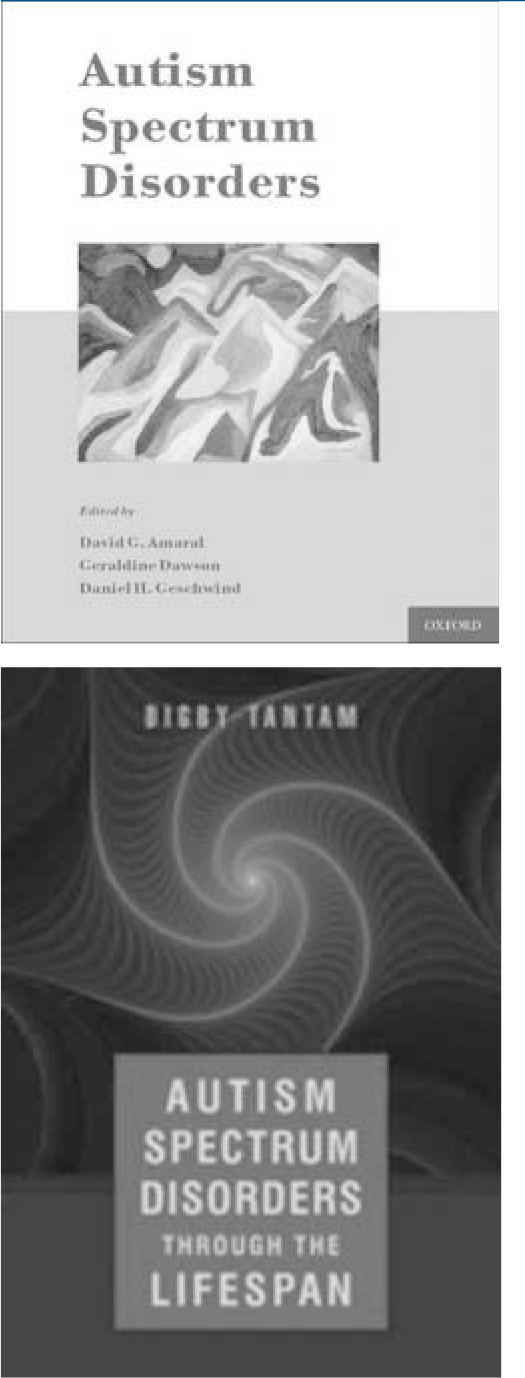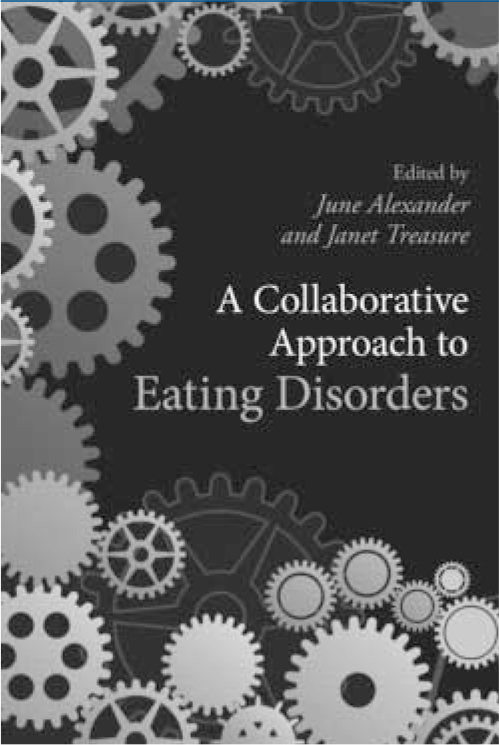

Autism spectrum disorder (ASD) is one of the two new kids on the block in clinical adult psychiatry (the other being adult attention-deficit hyperactivity disorder). Whereas most psychiatrists have had just a glimpse of the newcomers on the corner of their street, a number of recent official publications obligate services to make provision for individuals with ASD. In addition, the National Institute for Health and Clinical Excellence has just published guidelines on the identification and diagnosis of ASD making it a ‘current and present’ issue for all psychiatrists. In the past, adult ASD had often escaped general psychiatrists' notice. The publication of these two books is timely, relevant and indeed significant.
The first volume, edited and authored by leading researchers in the field of ASD, mainly from across the Atlantic, provides a summary of the current knowledge on recent advances in the developmental psychology, neurobiology, genetics and much more related to the disorder. Laid out in eleven sections ranging from diagnosis to public policy and comprising 83 chapters, this scholarly book provides a panoramic view of research findings in various aspects of the subject that include less known areas such as animal models in autism, neuropathology and associated conditions such as seizures, and allergy. It incorporates topics on immunology, gastroenterology and infectious diseases related to ASD.
Clinicians will find the ten chapters under the section on psychiatric comorbidities particularly informative. The chapters on the relationship between obsessive-compulsive disorder (OCD) and ASD and the three chapters on broader autism phenotype are particularly instructive. Developmental features of ASD, their developmental trajectories and findings from the psychological research into the brain bases are well covered. The book, however, is highly skewed in the direction of biological and developmental psychological research and less focused on practical applications and treatment. The section on best practices focuses more on diagnosis and there is little on management. The book provides an authoritative review of a fast-developing area of research into ASD and should be a reference text for both child and adolescent psychiatrists as well as paediatricians. All psychiatrists who want to update their knowledge on the subject would find more than a few chapters that are important to their area of work.
Autism Spectrum Disorders through the Lifespan is a single-author book based on the clinical experience and interests of Professor Tantam, a well-known British authority on the subject. Divided into two parts, sciences basic to ASD and clinical aspects of the disorder, this book too attempts to cover ASD in its entirety, but it is the clinical focus and personal approach that sets it apart. The most impressive feature (and unusual for an adult psychiatrist) is that Professor Tantam takes a developmental approach to ASD and discusses the presentations during infancy, childhood, adolescence and adulthood, illustrating this with a number of case examples. More importantly, he makes the point that people with ASD are likely to be referred to mental health services at times of transitions between developmental stages when new skills or new forms of adaptation are called for. In addition, comorbidity with psychiatric conditions such as OCD and social phobia is likely to be high and Tantam points out the paucity of research in this area. Clinicians will find useful the tables on assessing rigidity, non-verbal expression in ASD, social aloofness, social phobia and OCD. Unfortunately, the chapter on Asperger syndrome in adulthood is comparatively short. A particular omission is lack of ASD questionnaires and rating scales. One other criticism of the book is that it is overinclusive and, at times, idiosyncratic. For example, topics marginal to ASD such as prosopagnosia, rare genetic syndromes and epilepsies are discussed in some detail. The book would have benefitted from more robust editing.
Together, these two publications provide a sound basis for the understanding of ASD, the first for its academic prowess and the second for its chapters on clinical aspects and anecdotes. However, they are voluminous and useful mainly for reference. The definitive clinical handbook on ASD with sufficient coverage of the disorder in adults is yet to be written. Organising services for adults with ASD at a time of austerity and ‘efficiency savings’ is another matter.





eLetters
No eLetters have been published for this article.